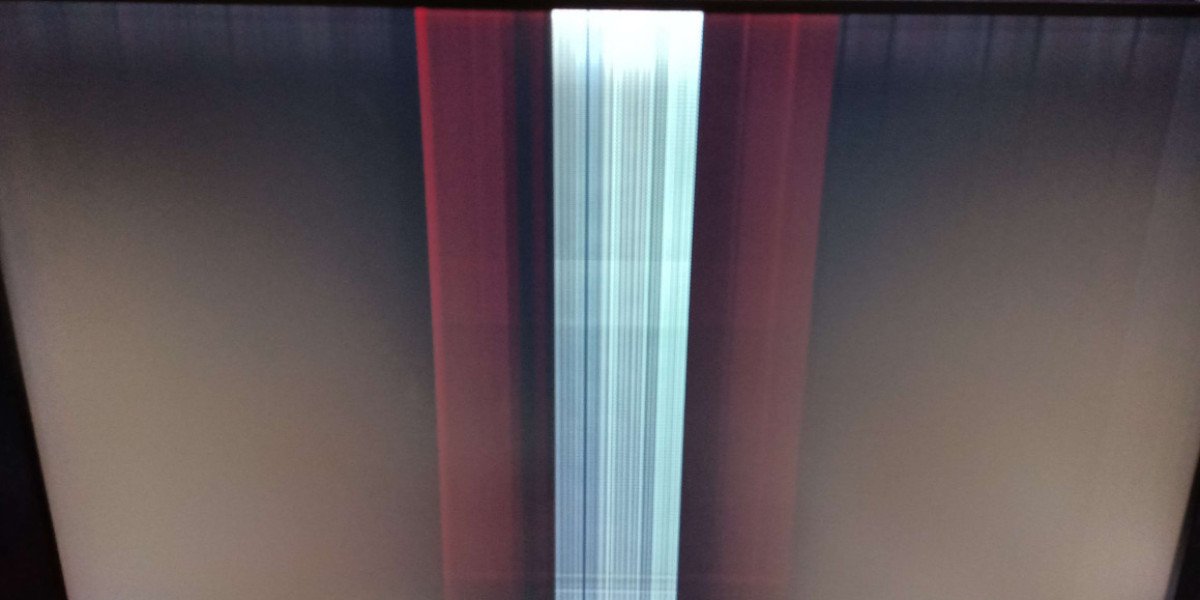A pervasive threat lurks inside even meticulously sealed outdoor lighting, one that bypasses gaskets and defies traditional ingress protection ratings: condensation. This insidious moisture doesn't come from external leaks but forms internally through unavoidable thermal cycling. As fixtures heat during operation and cool overnight, humidity drawn in during assembly or diffusing through microscopic material imperfections condenses on colder internal surfaces. Over time, these droplets accumulate around electrical connections and circuit boards, initiating a relentless corrosion process that silently degrades performance long before catastrophic failure. This phenomenon highlights a critical vulnerability often overlooked in conventional protection strategies. A truly resilient Waterproof Fixture must address not just external water exclusion but also manage internal atmospheric conditions to prevent this self-generated destructive moisture.
The root cause lies in incomplete environmental management philosophies. Many designs focus exclusively on creating a static barrier against liquid water, neglecting the dynamic reality of vapor transmission and pressure differentials. Without internal desiccants, vapor vents, or thermally conductive pathways to minimize temperature gradients, fixtures essentially become sealed terrariums where humidity inevitably concentrates on the coldest surfaces. Traditional testing protocols exacerbate the issue by validating resistance to pressurized water jets or temporary immersion but failing to simulate years of daily thermal breathing cycles. This creates a dangerous gap between certification standards and real-world failure mechanisms. The Waterproof Fixture engineered for genuine longevity integrates active moisture control systems alongside robust external sealing.
The consequences manifest as mysterious premature failures. Facilities experience gradual light output reduction, erratic flickering, or complete blackouts without obvious external damage. Maintenance teams find corroded connectors, mineral-crusted circuit boards, and oxidized driver components when opening units – clear evidence of internal water activity unrelated to storm damage. Beyond replacement costs, these failures compromise safety in critical pathways during emergencies and generate significant electronic waste. Furthermore, repeated occurrences breed distrust in protection ratings generally. Solving this demands a fundamental redesign approach where internal atmosphere management receives equal priority to external sealing integrity. Selecting a Waterproof Fixture provider committed to holistic vapor control becomes essential for installations requiring decades of reliable service.
Cigelighting confronts the condensation challenge at its source. Our designs integrate molecular sieves, vapor-diffusive barriers, and thermally optimized internal structures proven through accelerated environmental aging cycles. Partner with Cigelighting – where illumination stays dry inside and out, delivering uncompromised performance through countless day-night transitions.Click https://www.cigelighting.com/product/ to reading more information.








